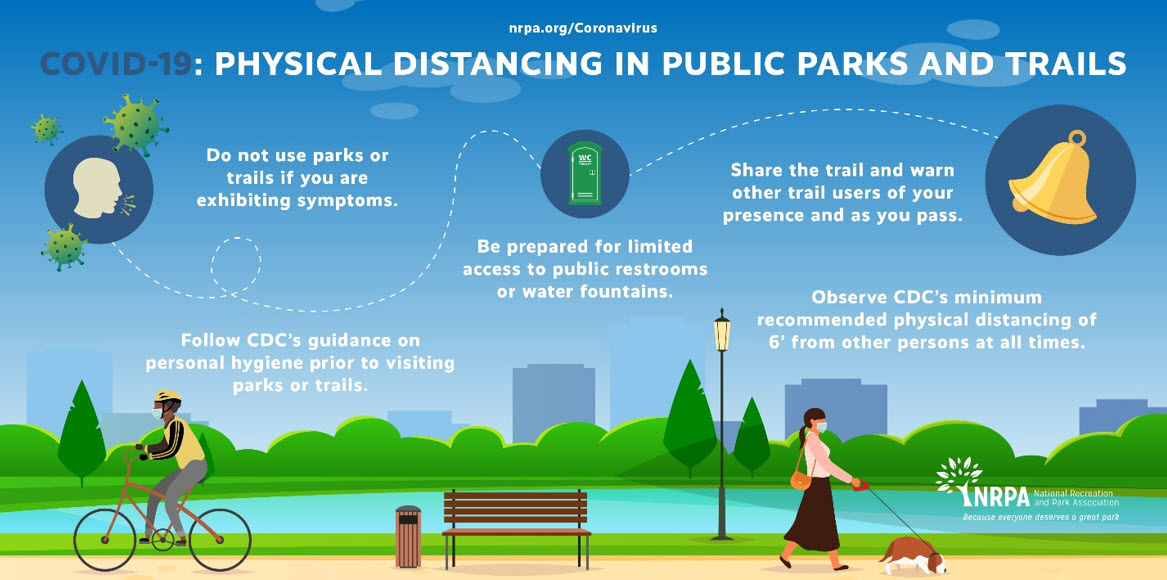Tree Preservation and Removal Project
The Peninsula located along Figure Four Lake and within Fort Bend MUD No. 118 (MUD 118) common area is home to various species of native trees. This wooded reserve provides shade for park goers and refuge for the park’s wild inhabitants. While MUD 118 strives to preserve this natural area, there are times when intervention is needed to maintain the health of trees and safety of the public in a park setting. This includes tree pruning to maintain a safe canopy height, removal of dead or hazardous limbs and occasionally removal of trees.
In March of 2021, an evaluation was performed by a Certified Arborist assessing trees in MUD 118 park spaces. While the Arborist’s assessment included recommendations for actions that will reduce stresses, and boost growth through selective pruning and deep root fertilization, it was concluded that one Live Oak tree requires removal. The tree that is planned to be removed was found to have a non-treatable form of fungal disease that commonly attacks trees suffering from bark damage or other stresses that increase a tree’s susceptibility to pests and disease. While the tree is still alive and has continued to perform its seasonal routines, the Arborist identified signs of decline including fungal growth and die back of young branches in the canopy, and decay of the trunk and main boughs of the tree.
The recommendation for removal was based on a collection of factors including the severity of existing decay, lack of signs of healing or new growth, and proximity to and potential of spreading the disease to remaining and otherwise healthy Live Oaks. Many common tree fungi spread through the air or are carried by pests from one tree to another. As this Live Oak declines, the likelihood that the disease will spread to other nearby trees increases. According to the Arborist’s report, because this disease cannot be treated, this tree will continue to decline until mortality. Unfortunately, there is no treatment for the fungal disease and removal is the best method available to preserve nearby trees and prevent future tree mortality.
The actions outlined by the Arborist and approved by MUD 118 include the removal of the detrimentally unhealthy Live Oak and implementation of preservation techniques for other trees in the area. In addition to the on-going care and maintenance of existing trees, MUD 118 is planning enhancements to District parks that will include the reforestation of areas that have experienced tree loss due to selective removal of hazardous trees, construction, and natural mortality. The project is planned to begin in 2021 and will incorporate various landscape and park improvements as well as the planting of more than one hundred trees of varying species throughout District green spaces.
For questions and additional information please contact MUD 118 through the District website’s contact page: https://www.fbmud118.com/contact/
Or by telephone to the District’s Park Facility Manager: (832) 956-0868

